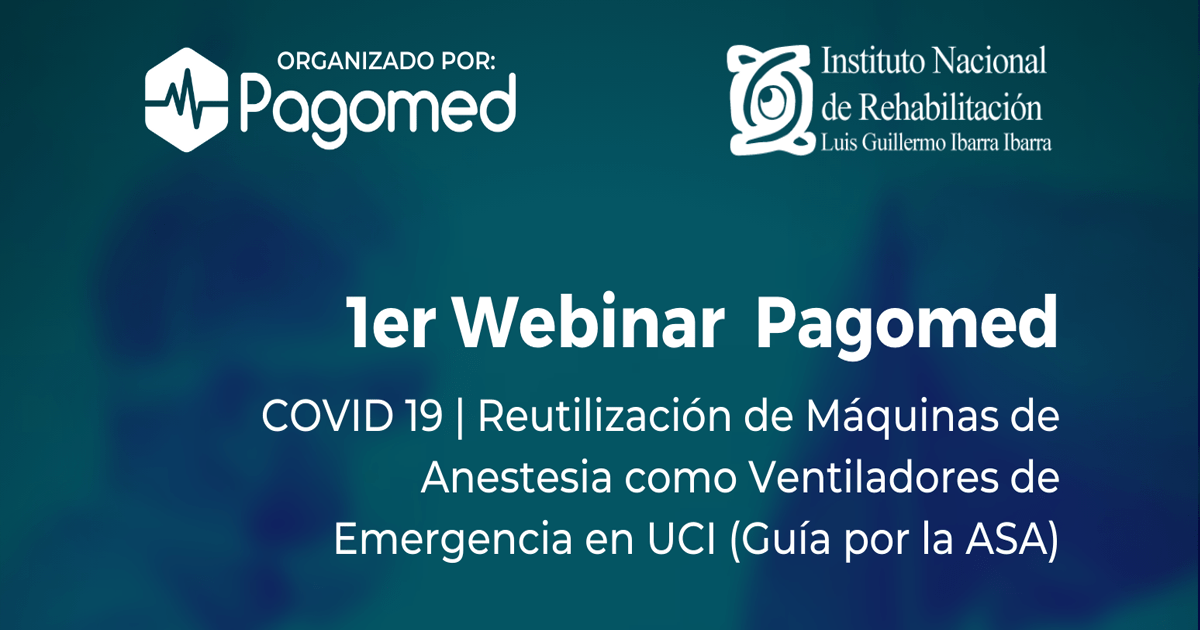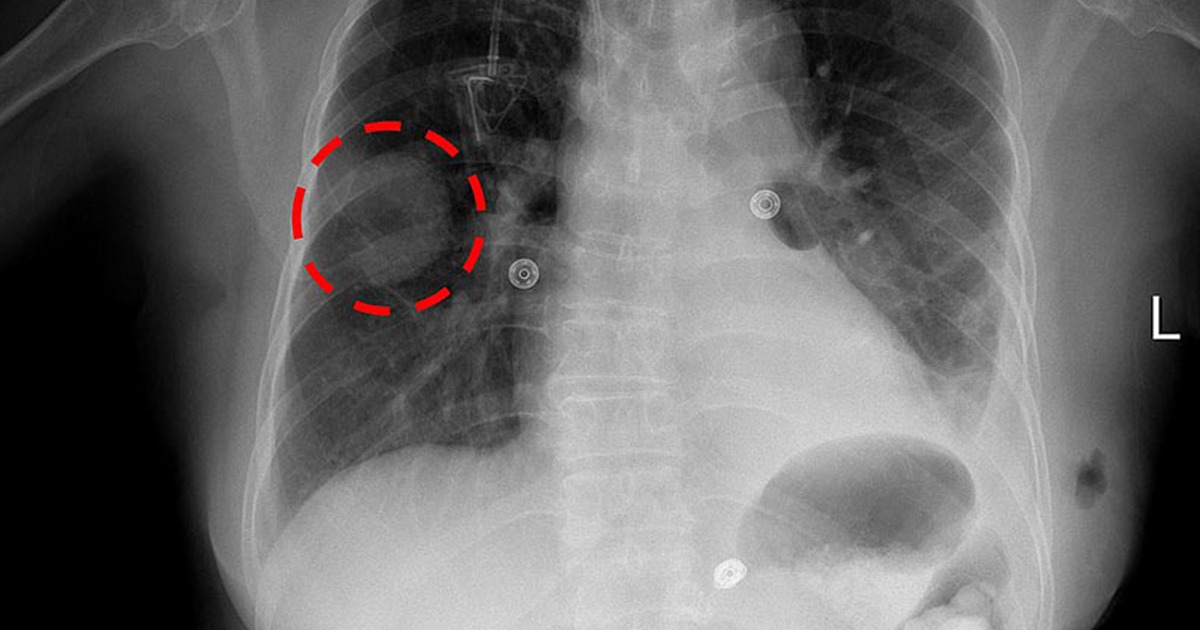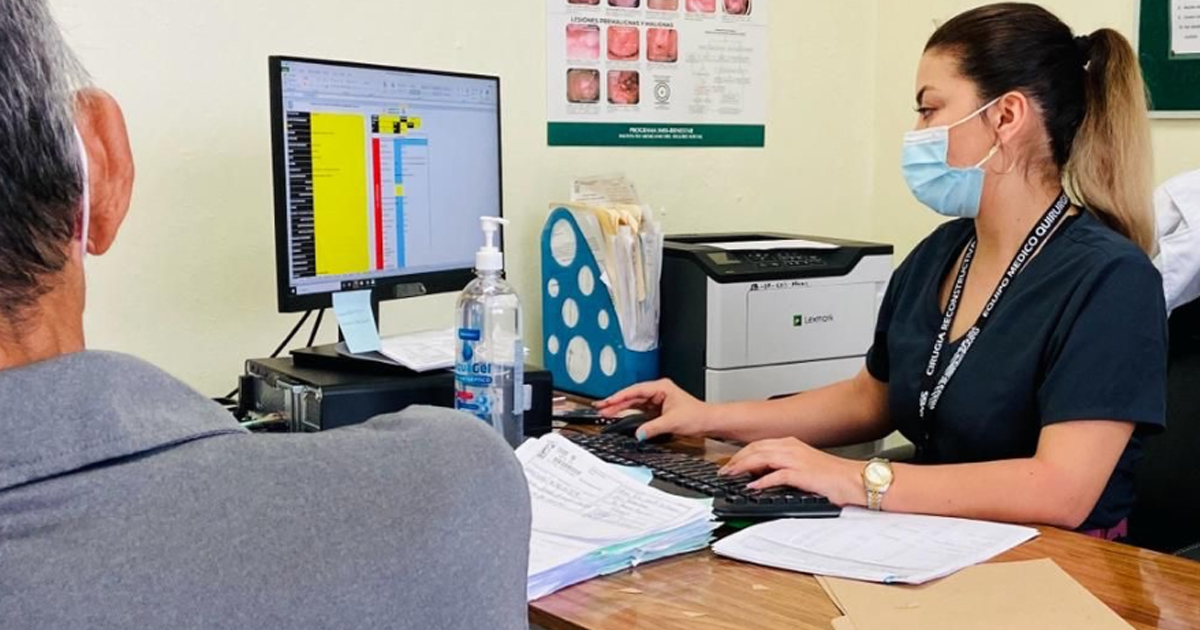Pagomed organized the online conference with anesthesiology specialists addressing the issue of turning anesthesia machines into ventilators in an extreme emergency situation.
Dr. Adrián Rivera Ramírez, Head of Anesthesiology in the area of Ophthalmology and Otolaryngology in the Luis Guillermo Ibarra Ibarra National Rehabilitation Institute (INR LGII), participated as exhibitor with Luis Alberto Medina Castelán of the Department of Biomedical Engineer at IN. The session was moderated by Laura Blackaller, Pagomed co-founder.
The webinar included content validated by the American Anesthesiology Association (ASA), HackFund, Pagomed and INR.
Dr. Rivera Ramírez explained that in extreme emergency cases anesthesia machines can be enabled as ventilator in Intensive Care Units, however, he commented that it is not a plan that is required at this time, but must be prepared to give a dignified death to patients with severe complications by COVID-19.
All this following the principles of thanatology, of giving the patient a death without pain, without hunger, without thirst and without suffocation.
In the global landscape of respirators for ICU for every 100,000 inhabitants Dr. Rivera Martínez gave the following data: The United States has 34.7 and Germany 50, on the other hand, Spain and Italy the European countries with the most affected public health systems by COVID-19 have 9.7 and 12.5 respectively. In Mexico, unlike these countries, there are 3.4 per 100,000 inhabitants.

However, in countries such as Spain or Italy, anesthesia machines have not been enabled as respirators, but in the United States they have, despite not being approved by the FDA for long periods of time, however, the need for this medical equipment has led them to make this decision.
In this way, the ASA makes the following recommendations on how they should be used:
- It is recommended under contingency to use operating machines in ICU
- Not outpatient surgery.
- Not in COVID patient.
- The type of ventilation should be combined with the intensivist, but SIMV + PS mode is recommended (Synchronized Intermitted Mandatory Ventilation plus Pressure Support).
- This should be sufficient as "lifesavers" in most patients.
- They should not be used for more than 24 hours.
It may be an extreme measure, but the current situation warrants it, for now, the ASA has published the following information through its website: https://www.asahq.org/in-the-spotlight/coronavirus-covid-19-information/caesar






